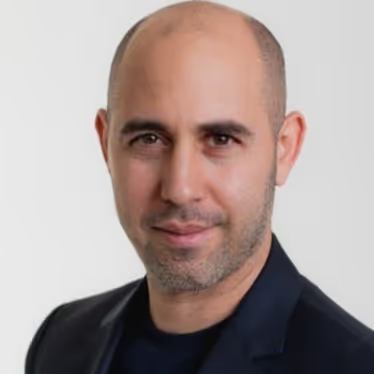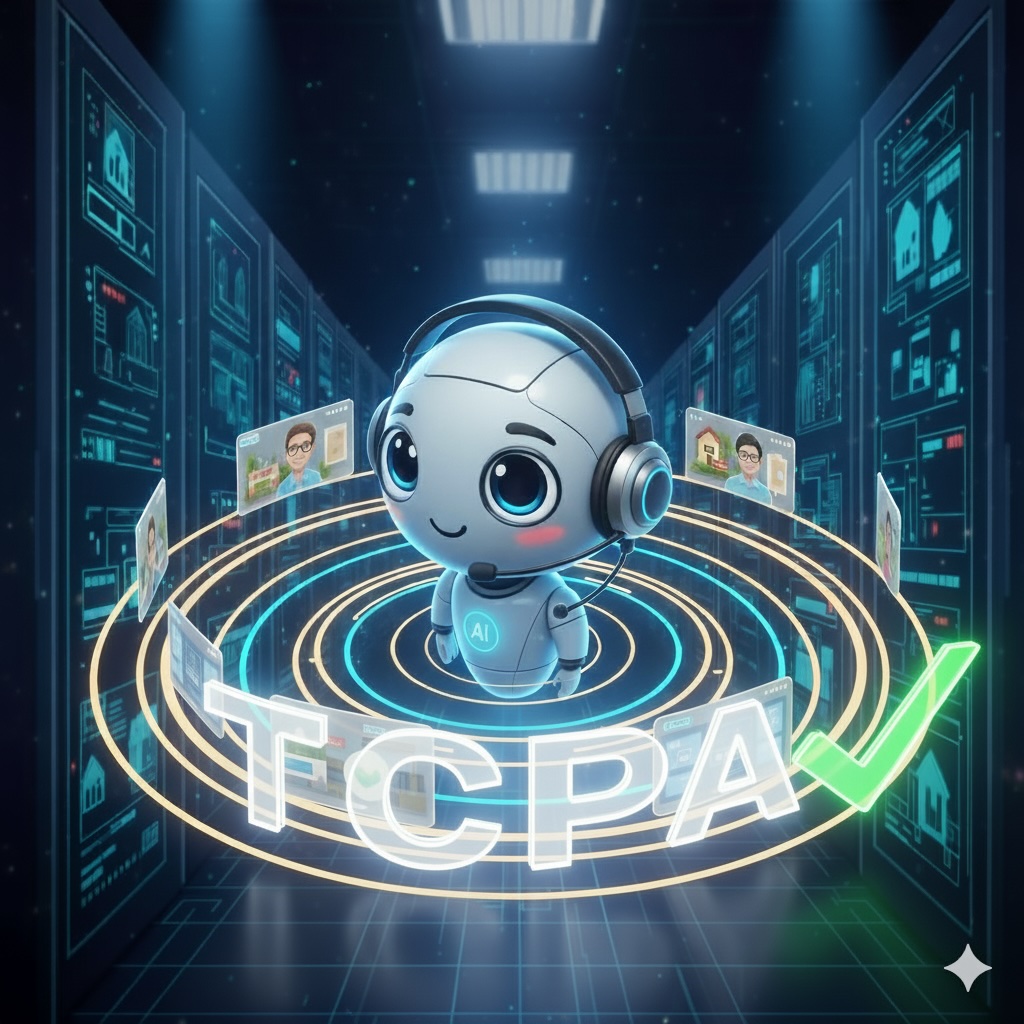What We Learned from Millions of AI Phone Calls
Why Seconds Beat Hours in 2025
While your competitors take 47 hours to respond to leads, 78% of customers have already bought from whoever called them first. This isn't speculation, it's the reality we've observed across millions of AI phone calls in 2025.
We analyzed our performance data across insurance, finance, real estate, and healthcare sectors, comparing it against industry benchmarks. The results challenge everything we thought we knew about lead response, qualification, and conversion.
The 5-Second Advantage in a 5-Minute World
The MIT/InsideSales.com landmark study established the gold standard: companies responding within 5 minutes are 21x more likely to qualify leads than those waiting 30 minutes. The odds of contacting a lead drop 100x between 5 and 30 minutes.
Here's the problem: only 7% of companies achieve that 5-minute benchmark. The average lead response time across industries? 47 hours!
Industry-specific response times paint an even grimmer picture:
- Insurance: Only 37% respond within the first hour; 24% wait over 24 hours.
- Real Estate: 48% of inquiries go completely unanswered, with average response at 15 hours.
- Finance: Industry average sits at 24 hours.
If 5 minutes gives you 21x better qualification odds, imagine what 5 seconds does. That's not a hypothetical—we're calling leads in seconds, not minutes or hours.
Contact Rates: Why 69% Changes the Game
Across millions of calls, we achieved a 69% overall contact rate. The industry average? Between 20-49% depending on sector.
Our sector breakdown reveals the real opportunity:
- Real Estate: 56% contact rate
- Finance: 87% contact rate
- Insurance: 63% contact rate
The difference isn't magic, it's speed. When you call in seconds, people haven't moved on to another task, another website, or another vendor. They're still thinking about their need when the phone rings.
Research from Harvard Business Review confirms this: 78% of customers buy from the company that responds first. In real estate specifically, 78% of converted leads went to the agent who responded first.
From Contact to Qualified: The Real Numbers
Contact is just the beginning. Our overall qualification rate hit 39%. Breaking it down by industry:
- Insurance: 24%
- Real Estate: 61%
- Finance: 14%
The critical insight: qualified leads have an expiration date. Insurance leads remain qualified for only 12-24 hours. Every hour of delay dramatically reduces qualification probability—MIT's research shows qualification odds drop 400% between 5 and 10 minutes alone.
The Warm Handoff Multiplier
Here's what most businesses miss: not all transfers are created equal. Our 47% overall handoff rate, reaching 61% in insurance, represents warm transfers - qualified leads connected live to human agents.
Why does this matter? Warm transfers convert 3-5x higher than standard leads. Phone calls generate 10-15x more revenue than web leads.
Consider these statistics:
- 62% of insurance buyers say talking with a representative on the phone was the most influential factor in their decision.
- Callers convert 30% faster and have 28% higher retention rates than web leads.
- In financial services, 60% of callers speak with a person, and 29% of qualified leads convert on that call.
Our handoff rates by industry tell the story:
- Insurance: 61% - The highest handoff rate, capitalizing on the phone-preferred channel
- Real Estate: 72% - Strategic qualification before human involvement
- Finance: 41% - Balancing automation with human expertise for complex decisions
The Hidden Economics Everyone Ignores
Let's talk about what nobody wants to calculate: the true cost of slow response and missed opportunities.
After-Hours Reality 35% of leads come after business hours when fewer competitors are available. Missing these represents a 23% potential revenue loss. AI phone agents never sleep.
Lead Leakage Companies lose 10-30% of leads annually due to poor routing and slow response. Nearly 80% of marketing-generated leads never get worked by sales. Yet 60% of those "dead" leads will buy from someone within 24 months.
The Human Cost
- Average sales agent employer cost is $50-100,000
- Call center turnover: 30-45% annually
- Sales reps spend only 28% of their week actually selling
- It takes 8 cold calls just to reach a prospect
AI reduces operational costs by 70-90% while delivering sub-second response times. The math is simple: faster response, lower cost, higher conversion.
Industry-Specific Insights from the Frontlines
Insurance: The Speed-Sensitive Goldmine
78% of insurance consumers call a business after searching online. They're ready to buy—but only for 12-24 hours. Our 63% contact rate and 61% handoff rate capture this intent when it matters most.
Industry reality check: Life insurance saw record sales in 2024, yet 42% of U.S. adults remain underinsured. The opportunity is massive for those who respond fast.
Finance: Building Trust at Light Speed
Financial services face a unique challenge: decisions involve 5-11 stakeholders on average. Our 87% contact rate means reaching decision-makers before they're pulled into meetings, other priorities, or competitive solutions.
The key insight: 57% of C-level executives prefer being contacted by telephone. When AI handles qualification in seconds and creates warm handoffs to experts, trust builds faster.
Real Estate: First Responder Wins
The data is unforgiving: 78% of real estate conversions go to whoever responds first. With industry response averaging 15 hours and 48% of inquiries unanswered, our 89% contact rate represents a massive competitive advantage.
Real estate website average conversion sits at 4.7%. But agents using warm transfers report 10-15% conversion—a 3x improvement that transforms economics.
Higher Education: Solving the Enrollment Crisis
70% of student inquiries never receive a direct human response. Meanwhile, schools face an enrollment cliff with 400,000 fewer traditional students starting in 2025.
Our 37% qualification rate in health/education—compared to the 21% industry benchmark—shows what's possible when every lead gets immediate attention. Multi-channel nurture campaigns with proper response timing show 5-9% enrollment lifts.
What This Actually Means for Your Business
The MIT study proved 5 minutes was critical. We took it 60x faster. But this isn't about technology. It's about customer experience and business outcomes.
When a customer fills out your form, they've chosen you from dozens of options. At that moment, they're most interested, most qualified, and most likely to buy. Every second of delay reduces those odds. Every unanswered call is revenue walking away.
The businesses winning in 2025 aren't just using AI—they're using it strategically. AI qualifies in seconds, identifies intent, and creates warm handoffs to humans for complex decisions. It's not replacement; it's multiplication.
Consider the compound effect:
- Speed: 5 seconds vs. 47 hours
- Coverage: 24/7/365 availability capturing 35% more opportunities
- Consistency: 100% of leads contacted vs. 27% industry average
- Quality: Warm transfers converting 3-5x higher
The result? Companies using AI phone agents report 391% conversion improvements when responding within one minute versus five.
The Choice Is Clear
The data from millions of AI calls tells a simple story: speed wins. While the industry struggles to hit 5-minute response times, operating in seconds creates exponential advantages.
71% of internet leads are wasted due to poor follow-up. 51% never get contacted at all. Each represents a customer who chose you, then bought from someone else because they called first.
The question isn't whether to adopt AI phone agents, it's how quickly you can implement them before your competitors figure this out. Because once they do, being second won't be enough.
The future of customer engagement isn't hours or minutes. It's seconds. And the data proves it






